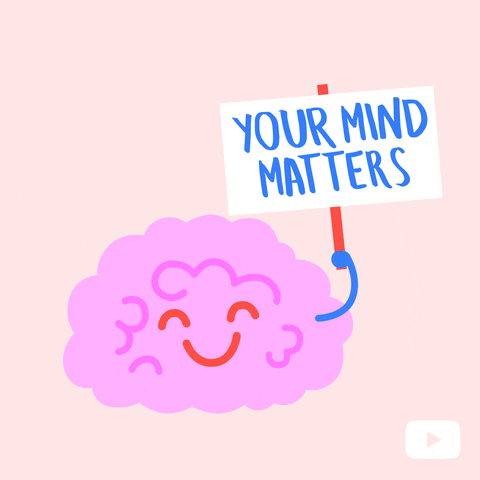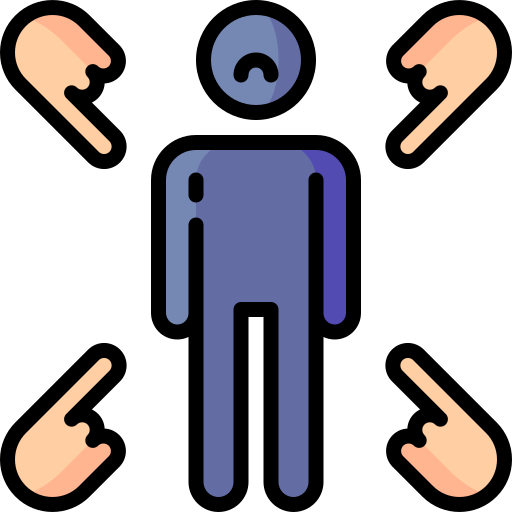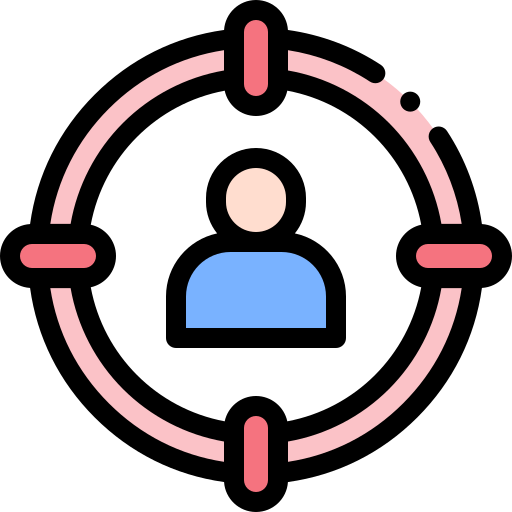
This logo isn't an ad or affiliate link. It's an organization that shares in our mission, and empowered the authors to share their insights in Byte form.
Rumie vets Bytes for compliance with our
Standards.
The organization is responsible for the completeness and reliability of the content.
Learn more
about how Rumie works with partners.

These are all examples of cognitive distortions: your mind leads you to believe things about yourself or the world, when they're not true.

Most people experience cognitive distortions occasionally. But if they persist long-term, this type of thinking can contribute to anxiety, depression, and other mental health concerns.
Being able to identify 7 common cognitive distortions can help you avoid getting stuck in negative thinking patterns.
1. Polarized Thinking
 Looking at things in terms of black and white...
Looking at things in terms of black and white...
3. Filtering

For example:
You gave a presentation in class and it went pretty well. You stumbled a few times, and that is all you can think about. You feel like you failed.
Did you know?
4. Personalization
Taking things personally even if they are not connected to you, like:
Quiz
Taylor is meeting with their boss. The boss compliments them on several achievements, & points out one thing Taylor could improve. Taylor worries about the one thing for the rest of the day and feels like a terrible employee. What distortion is this?
This is called filtering. Even though the boss said several positive things, Taylor ignored the positive comments and only focused on the negative.
5. Mind Reading

Did you know?
6. Catastrophizing
Tending to always jump to the worst-case scenario.
When someone catastrophizes, they might end up in a spiral of "what if" questions.

For example:
Your paycheck doesn't arrive in the mail. You start to think: "What if it never comes?", "What if I can't pay rent on time?", "What if we get kicked out of our apartment?".
7. Emotional Reasoning
Believing that your emotions represent reality and accepting them as fact.
In other words, "I feel this way, therefore it must be true."
Quiz
Pam sees her friend, Ned, across the street and waves. Ned doesn't wave back. Pam thinks he must be mad at her. What cognitive distortion is this?
This is mind reading, because Pam assumes that Ned is thinking negatively about her. In reality, Ned may have just not seen her or been distracted and missed her waving.
Take Action
Now that you know about some common cognitive distortions, do your best to recognize them as they arise. The next steps are to learn to address and manage them.
Check out these Bytes that may help you take these next steps:

This Byte has been authored by
Nithusha Gobal
Digital Learning Specialist
This Byte has been reviewed by
Yasmin R. Singh
RP (Qualifying), MA
 without considering the shades of gray in between
without considering the shades of gray in between
 Blaming yourself for situations that are not your fault or are out of your control
Blaming yourself for situations that are not your fault or are out of your control Assuming that you've been excluded or targeted, even though it's not true
Assuming that you've been excluded or targeted, even though it's not true